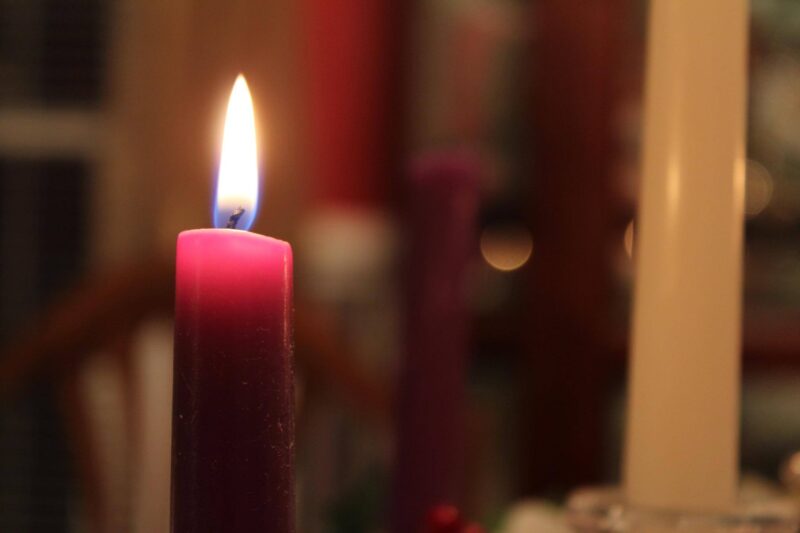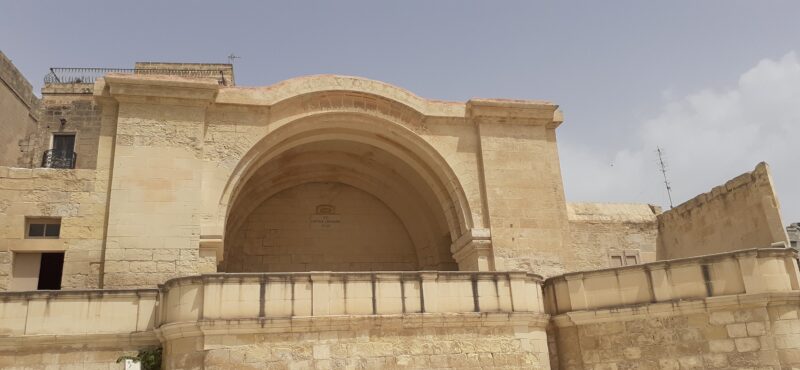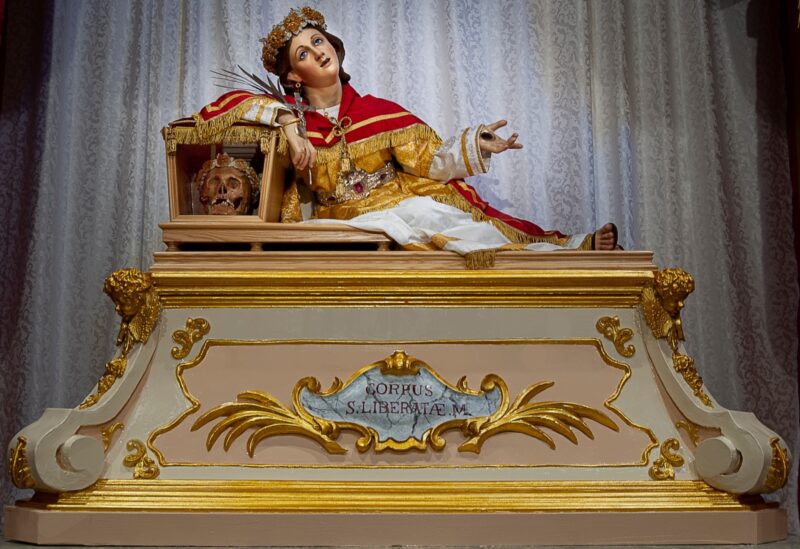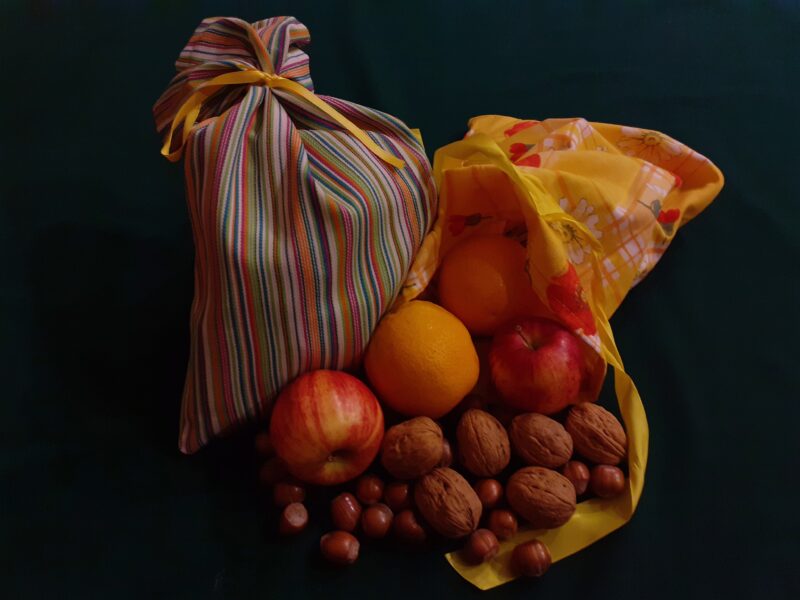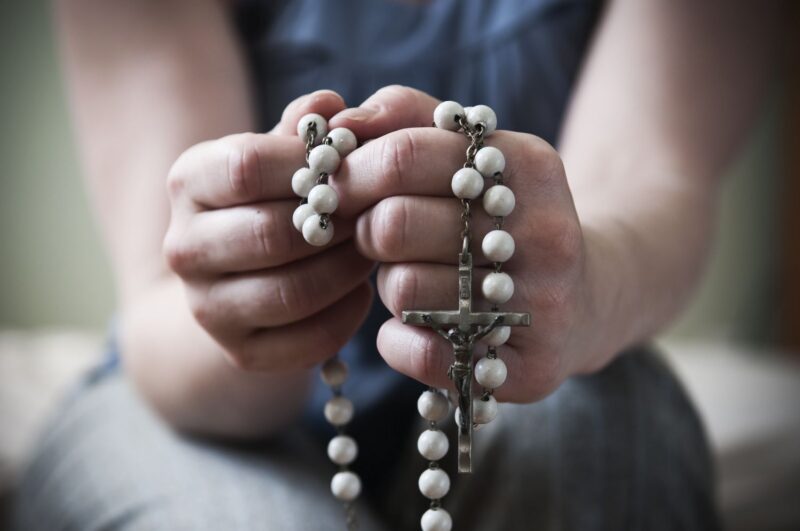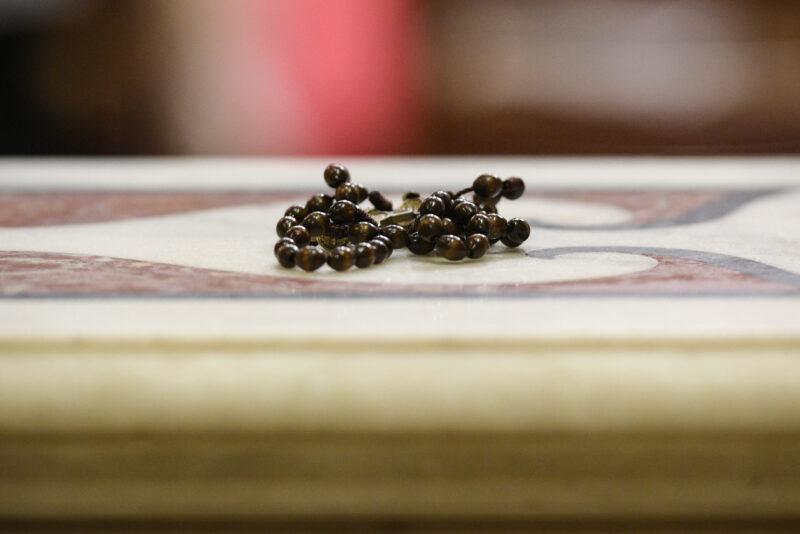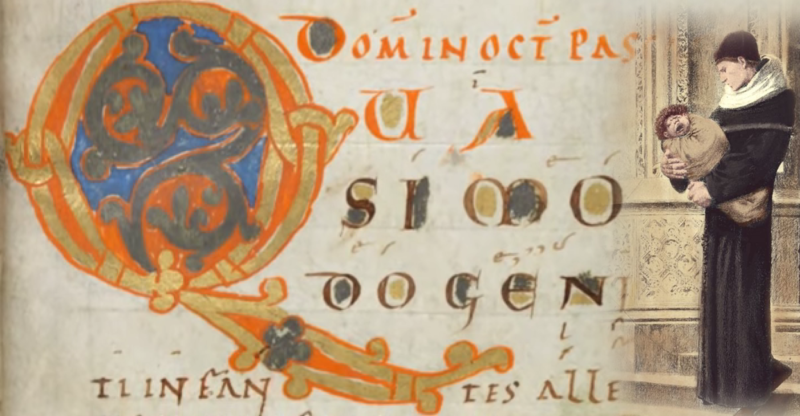If we Maltese are not renowned for anything, surely no one will beat us to trying to find a way around everything … including the rules of fasting and abstinence during Lent! The most important thing is not to sin, even if we try to fool ourselves—because, of course, it’s a little too much to pretend to be capable of fooling God. No wonder one of our Lenten sayings is: “Karamelli tal-ħarrub, min jikolhom ma jagħmilx dnub”—carob caramels, whoever eats them commits no sin!
In the past, these small squarish caramels were made using carob syrup. Today they are sometimes made from caramelised sugar. But why do we sat that whoever eats them commit no sin, even on days of abstinence? Contrary to popular belief, the law of abstinence only prohibits the eating of meat. Nothing is said about sweets and sugar.
The same applies for the kwareżimal, which is a sort of Lenten sweetmeat. Before the Apostolic Constitution Paenitemini of Pope Saint Paul VI, the law of abstinence not only excluded meat, but also other animal products, such as eggs, dairy products, or animal fat, could not be consumed. Today, we would say that a vegan diet had to be followed! The kwareżimal still offered something delicious without using any of the forbidden products, because the ingredients are ground almonds mixed with flour, a few cinnamon flakes, and a little rose water and honey.
Even carob caramels do not contain any of these prohibited products. That’s why we say that there’s no sin in eating carob caramels—although I doubt whether dentists share the same opinion…
Perhaps certain rules seem no longer relevant or meaningful. At the same time, contenting ourselves by just not committing sins is not a sign of true faith. What a pity it would be if we settle for little and don’t strive to move on and recognize in fasting and abstinence a possibility to cultivate in us a dependence on God alone. Sweets and meat—and many other things—are not indispensable. But we cannot do without Him!





